I have a question for you. I created a matrix in C# doing some mathematical operations using Math.Net. Now I would like to transform the matrix in a List or split its columns in more arrays. My goal is to pass this matrix to a software which doesn't read matrices from Math.Net but only reads lists, arrays and so on from C# codes.
Thank you!
EDIT: Here's my code:
Matrix<double>[] matrixC = new Matrix<double>[ins];
for (int i = 0; i < ins; i++)
{
matrixC[i] = Matrix<double>.Build.DenseOfColumns(CjTR[i]);
}
matrixC is a matrix of matrices created assembling some lists. Here's my matrixC.
matrixC[0]
matrixC1
I'd like to know if it possible to split each column in arrays or list. Not Math.Net matrix anymore.

